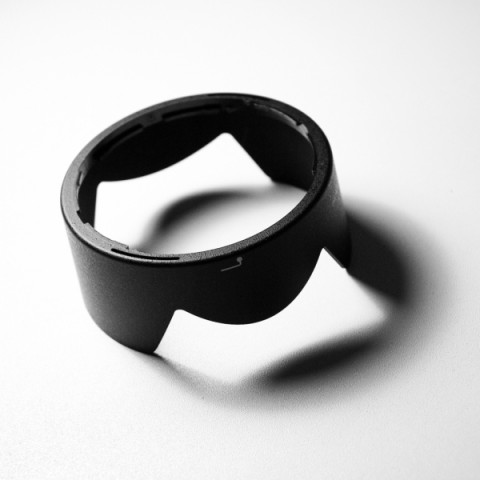When Are Lens Hoods Truly Useful?
I have seen this question numerous times on the internet and at some points in my early days in photography, I have wondered about the very same thing. The issue at stake is that some people put too much importance on issues regarding lens hoods, while other dismiss them, therefore it is rather difficult to tell when it’s a good idea to wear it and when it is not thanks to that much lack of interest. Nevertheless, within this article, we shall discuss this particular problem, and more precisely when are the times when you should not use a lens hood due to practical issues.
A lens hood becomes useful when you want to protect your lens. You see, no matter if you use a UV filter in front to protect the glass, any physical shock to the lens is likely to do some damage (even if it is very small). By having a hood applied in front of the lens, you guarantee that the lens hood absorbs most of the damage, and only a small percentage of it is sent to the lens. With rubber hoods, it is even more interesting giving the fact that rubber is shock-absorbent. You might have seen long lenses having somewhat medium hoods. While it is very unlikely to hit your 50mm lens to a wall due to its shortness, with lenses like a 300 2.8, or even a 70-300, you will notice that the likelihood becomes almost ten to twenty times bigger. You have to be careful not to hit things and people, therefore a lens hood in this case would really do the trick for you.
Lens Hood
Another case when lens hoods are truly useful is when shooting in powerful light, which falls exactly on the lens. This can confuse the metering, which means that you will have to face glared up photos that have the wrong shutter speed. Here is the true purpose of the lens hood – to allow less light to pass through the lens directly – in other words, rays of sun will not fall perpendicularly on the lens but they will be filtered (especially if you have the lens hood designed in a specific shape – for example something that looks like a cut sheet of paper).
Now, let us discuss when you should not use a lens hood:
- In the absence of direct light – If it is cloudy, or for some reason light does not fall directly on the lens, your hood might make things too dark for your lens with no reason at all.
- When using super-wide or fisheye lenses – The problem with fisheye (or super-angular) lenses is that their view can be obscured by the use of a lens hood. Imagine that a fisheye lens has a 180-degree angle; therefore you can figure why the lens hood might obscure some of the view. Lens hoods are very practical however with fisheye lenses because they protect the huge part sticking out at one end. (for those who have used a fisheye lens, you know exactly what I mean)



